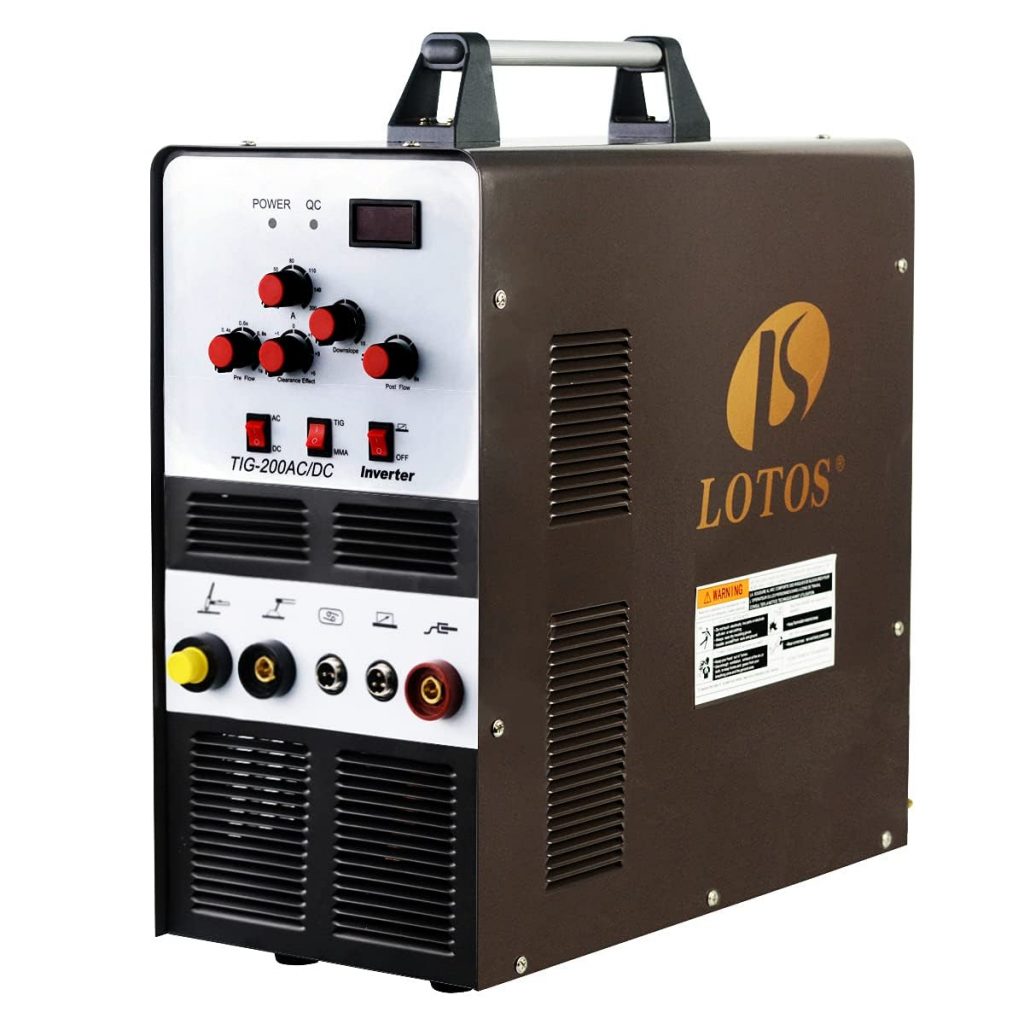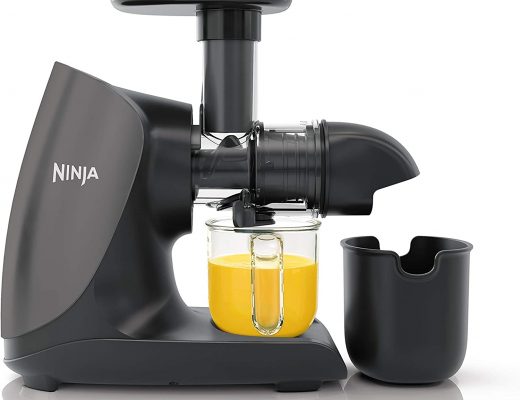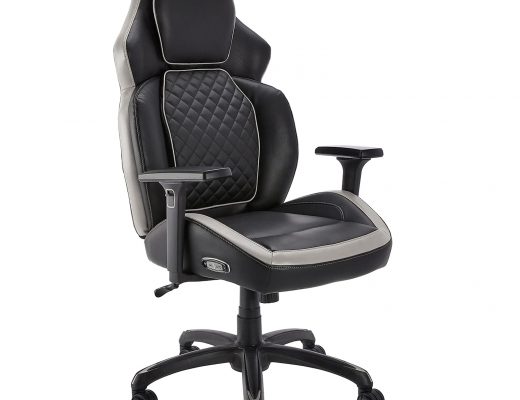| LOTOS |
| LOTOS TIG200ACDC 200A AC/DC Aluminum Tig Welder with DC Stick/Arc Welder, Square Wave Inverter with Foot Pedal and Argon Regulator 110/220V Dual Voltage Brown |
| READ MORE >>> |
| PRIMEWELD |
| PRIMEWELD TIG225X 225 Amp IGBT AC DC Tig/Stick Welder with Pulse CK17 Flex Torch and Cable 3 Year Warranty |
| READ MORE >>> |
| PRMEWELD |
| PrimeWeld 3-in-1 50 Amp Plasma Cutter, 200 Amp TIG Welder and 200 Amp Stick Welder – Welding and Cutting Combo, Mobile Welding Machine, Portable Plasma Cutter, Multipurpose Welder and Cutter, CT-520D |
| READ MORE >>> |
| ANDELI |
| ANDELI 110V/220V 200AMP Aluminum Tig Welder, AC/DC Tig Welder With Pulse Cold Welding Machine TIG-250PLS AC DC (Al SUIT) |
| READ MORE >>> |
Top 05 Best Tig Welder On Aliexpress
Top 05 Best Tig Welder On Banggood
Overview & Customer Review
I’m giving it five stars due in part because of price. You really get alot of machine for this price. I attached pictures of my setup to see how simple this machine is.
The ground clamp is identicle to the one on the lincoln 210MP (1500$). The stinger for stick is also identicle. The regulator I feel is of higher quality than the lincoln. It runs a strong tight arch. The machine has minimal adjustments and I like that; preflow dispenses gas before arch lights, post flow dispenses gas after you stop arch, downslope tapers the amps down when you stop arch, clearance effect is worth a little research if your not familiar. The best way I’ve heard it explained is 0_-5 keeps heat on surface and 0_+5 keeps heat on your tungsten.
I first did DC tig on steel using the miller app as a guideline for settings, they were a little hot. The arch was good, the torch will take some getting use too but welds looked great.
Next was A/C for some 10 gauge (1/8) aluminum plate and it looked shockingly good. So I’m happy with tig functions.
Next was stick, first I ran some 1/8 7018 and it layed down real nice 110 amps on 1/4 steel stock. I the. Ran some 1/8 6011 on the same amps (little hot for 6011) but went down just the same as my LE. Then just for fun I maxed out machine on 196 amps and ran a 5/16 7018 on some 5/16 steel. I was impressed, I kind of thought I would struggle to keep arch lite but I did not. So solid stick machine in my opinion.
Down side 1: it seems you need to turn machine off if you switch from tig to stick or from petal to no petal. Otherwise when you turn ampres knob the numbers dont change. A little bit of a bummer because I like to tack weld with the tig then grab my stinger and run stick. Not a huge deal.
Down side 2: foot petal cord is way to long.
Numbers on amps dial is not very close to what digital display says. That’s only an issue when using petal. Before I start burning I stomp on petal (machine will display ampres output) and dial it in that way. When not using petal you turn amps on knob and the machine displays all the time. When using petal if it’s not depressed the display says 010, the lowest setting. That’s the only thing I would change. Does not come with any filler metal so if you dont have any…you need some. I use 3-32 ER70S-2 for carbon steel and 3-32 ER5356 pure for aluminum. All my tungstons are also 3-32, I use gray or purple, you cannot use green (pure) with this machine. This welder is an “inventor” not a transducer so you use gray or purple with a 35 degree point. That’s just what the person that tought me used. Otherwise you will spend alot of $$ buying all diffrent size filler and tungsten. For thin stuff I’m lucky and just pull wire from my mig machine/spool gun. Again using 3-32 across the board is not the “best” way but if your just learning and working on stuff between 12 gauge and 5/16 you wont have any issue. In case you have never purchased any of this stuff, a 10 pack of tungsten can be about 70$, so 140$ for steel and aluminum, the filler is about 10-14$ a tube.
The gas for my size tank is about 100$ to swap out. So it’s not a cheap process to run.
Really enjoying this welder, did not think I would ever have tig at home, thanks to Lotus I do! Happy welding.
I was given this welder by PrimeWeld to test so if you wish to blow off my review so be it. Also, I was never asked to compare it to other welders of write a review just a “tell us what you think”
Externally the machine is well made. All parts like corner brackets fit properly, the pots/knobs are tight and have slight resistance for a positive feel when turning and the switches are held in place tightly. DINSE connectors fit properly and gas connections are firmly attached to the machine.
Duty Cycle, look at the pic it will tell you what you need know.
220V VS 120V, other than reduced output on 120V it welded the same.
DC TIG is DC TIG nothing unusual with the 225X to report. It functions as well as anything I have used and as you can see from the pics it welds utility knife blades just fine.
AC, when I first got the machine I had just started Christmas break. I was shocked, no amazed at how smooth and quiet the AC arc was throughout the frequencies and balance. So at this point the real test was to take it to school and compare it to the Miller Dynasty 280 DX and Lincoln’s Aspect, V310 and 205T and I did. Get ready to throw rocks Red and Blue fan boys (BTW I’m a card carrying member of that club)… With all things as equal as I could make them, I saw and heard very little difference between the $6K machines and the 225X. Ok, Ok, OK I get it, those machines are far more capable with memories, multiple wave shapes and for the 280 DX and Aspect offsetting EP and EN. I love them they are great machines. I’m just saying that using basic settings a beginner or a skilled welder would have a difficult time telling them apart and would not see welding with the 225X on AC or DC an issue. Minimum amperage on the 225X on AC is not 10 amps, it varies with the frequency being used. From the readout I could see a minimum amperage of 17 at the lowest frequency and 25 for the highest. I welded a T joint with 0.050” aluminum with a frequency around 100 and never went down to the minimum amperage.
Up slope and down slope. Setup is clearly marked by a name and graphic representation of what each knob is doing and is simple to understand and is handy when using the included torch switch for tacking or welding in situations where the foot pedal is difficult to use.
Pulse, pulse to me was always like the old Cyber Tig with a 120 drawer a slow on and off. The new inverters pulsing at high speed just seemed like snake oil. Yeah I know I have read all the articles small HAZ, whatever…… All it ever was to me was a mushy pedal. Well after testing the Lincoln Aspect a few years back I was forced to use it. I must say I use it on crazy thin stuff these days and find it useful in teaching students new to TIG welding as small changes in movement of the foot pedal have a more forgiving effect on the bead. So for beginners it’s great. Pulse on the 225X functions just as it should and like any other machine I have used. Again, setup is clearly marked by a name and graphic representation of what each knob is doing and is simple to understand. 200 Hz max on DC not sure about AC. Pulsing faster than 200Hz may have an explanation but is just a little more scientific than I need to be. Pulse is also helpful in making sloppy welds Instagram friendly!
The flow meter seems to be well made and functions as it should.
Torch, what can I say it’s a CK with a flex head and a Superflex power cable, it’s great! I have been using stubby gas lens stuff but it does come with standard 17 cups, collet and collet body.
Analog VS Digital. Both have merit and it really doesn’t matter to me but scrolling through menus can be a pain. In digital you’ll see for example what the frequency is on the readout, great…… But I’m going to have my puddle tell me if I need to adjust something like AC balance, frequency or pulse background and if I want to change, I just reach over and turn a knob rather than scrolling through menus, I like it.
For someone who has used different foot pedals over the years from cast aluminum Hobart to Miller remotes using this foot pedal was definitely different but not an issue. At no time did I notice amperage jumping around or anything like that, it seemed to be quite smooth. In taking it apart and doing some research it appears to be the same as an AHP but I am not positive if the plugs are wired the same. Also if I’m not mistaken someone makes a typical foot pedal for the AHP that may work here but I think it’s like $150, this foot pedal does not need a $150 solution in my opinion.
In the end I could have boxed this thing up and sent it back saying no thanks it’s a piece of junk but I didn’t because it’s definitely not. In welding there are nice to have and need to have options on a machine and if you want to spend $6K+ to get some nice to have options and are skilled enough to make use of them, go for it. This machine has all the need to have options you will ever need and is inexpensive and appears to be a quality machine with a 3 year warrantee just like Lincoln and Miller. It will weld as good as you can. Buy it, I sincerely doubt you will be disappointed.
Pictures, okay there not “perfect” welds but hey I’m old and a little shaky but you get the jest, it welds just fine.
Boring info about me if you need it, just so you know I have done GTAW for a while. I started TIG welding in 1978 while at Hobart and have taught welding for the last 34 years. I owned a Hobart TR 250 HF for many years for use at home welding mainly for local machine shops, welded in the aerospace industry for a while and for 15 years while teaching I subcontracted TIG welding in a metal spinning shop and did VT, PT, MT and UT NDT work. I have welded with many machines over the years, Linde, Hobart, Red Lincolns, Gray Lincolns, ESAB, transformer/rectifiers and inverters. I was lucky enough to be one of 7 people who beta tested the Lincoln Aspect. I have used a lot of TIG welders in the last 40 years but never one at this price point. Having said all of this I do not now or have I ever considered myself the Lords gift to TIG welding or any kind of Expert, just to letting you know I have done it for a while.
WOW It welds, it cuts, I haven’t been able to use the TIG yet, but I am VERY PLEASED!!! The first one didn’t work, and Mike promptly sent me a new one. I have been looking at these multiprocess units for months now, and after reading all the reviews for the units under 1000.00, I realized that no matter the brand, US or import, they all can and do break at times. So what it comes down to for me is customer service. I read about Mike’s responsiveness and decided to test it out, so I called the number, and he actually ANSWERED the phone, he answered all my questions, and assured me of the 3 year warranty with free shipping both ways. I feel like for the price and the great customer support I can’t go wrong.
I have burned about 30 6011 and 7018 rods in 3/32 and 1/8, Radnor, Lincoln, and Vulcan brands all run just fine. Switching to the plasma cutter is easy, I have cut 1/8 and 3/16 like butter, haven’t cut anything thick yet, but I don’t have much of a need to cut thick stuff.
I cut my teeth years ago on an AC buzz box, and this welder welds 100% better than that old technology!!!
The gauge is on the front of the machine AND is in PSI!! (some import units come with gauges NOT in PSI, and at the BACK of the machine, so you have to convert to PSI, and go around the back to see the gauge).
All the leads seem to be of good quality.
I put this on a HF welder cart, converted the L6-30 plug to a 240v plug that fits my welder outlet. I actually use a 8g 3 conductor 25ft extension cord I got off Amazon to reach around the garage, works well, couldn’t build one for much cheaper. I wish I had just bought the adapter that converts the L6-30 to 240v plug.
Considering the price and the excellent customer service, I expect your experience would be AT LEAST as good as mine.
This is a great machine for a hobbyist, or even a low production shop. The fact that it is 110 and 220v makes it extremely portable, and you’re not limited to using it in a certain area(albeit, it will be at a lower amperage). I agree with the other reviews… if you are looking at a 900 dollar welder, go ahead and get this Lincoln. Full warranty for 3 years, IIRC; although most likely you will never need it.
There are a couple of cons even though I gave it a 5 star review. The pulse feature is limited to 20PPS. Usually, this is fine, but if you are really trying to control heat on thin metal, it would be nice to have more adjustability in the waveform(it’s currently locked at 50%) and a higher PPS. 99.9% of people will never notice this. As other mentioned, the HF start pulse is probably over 10amps, and on super thin sheet metal this might be problematic. It would be nice to have some adjustability here.
That said…. if you want those 2 very small quibbles, you can step up to the Miller at almost 3X the cost.








